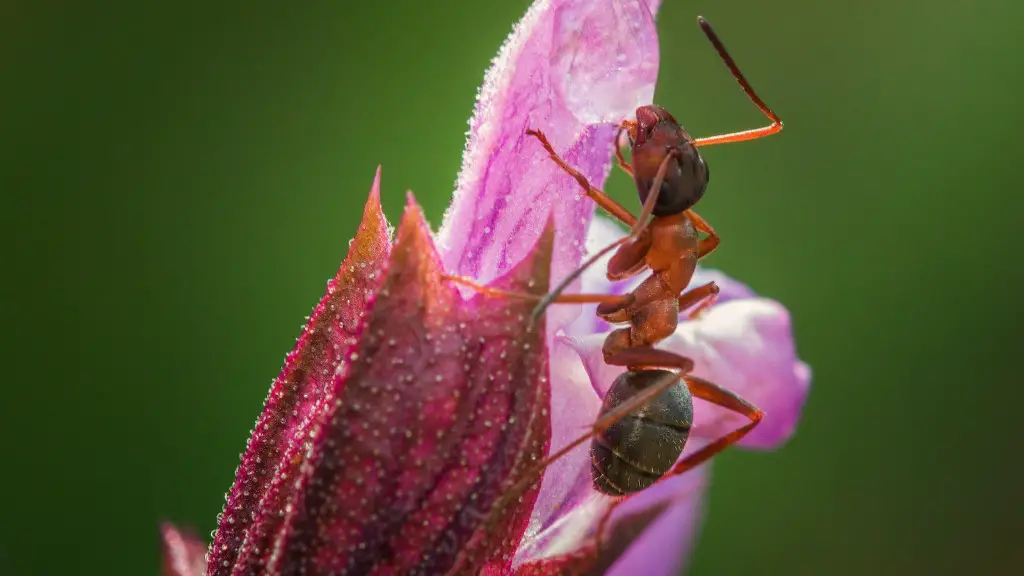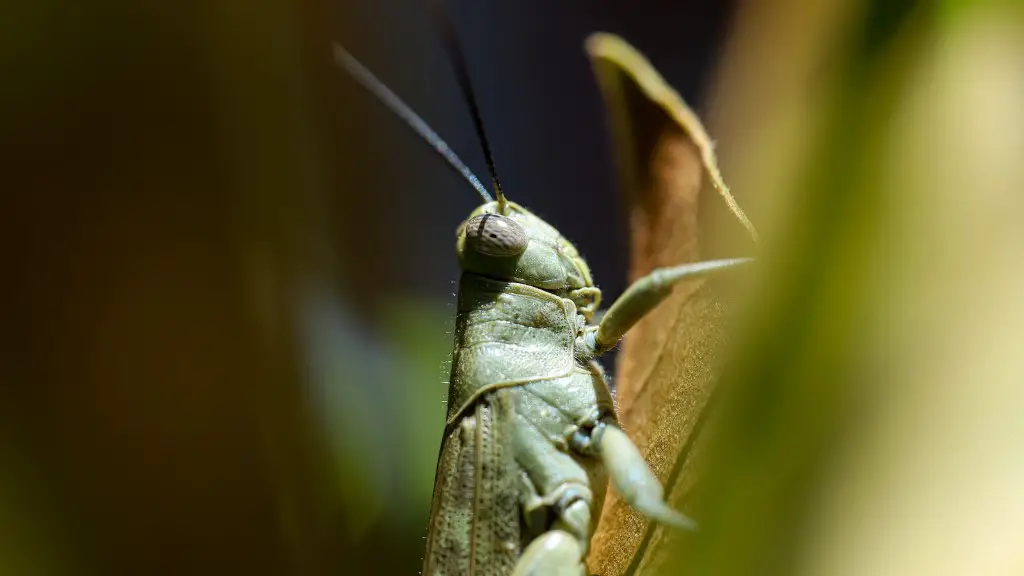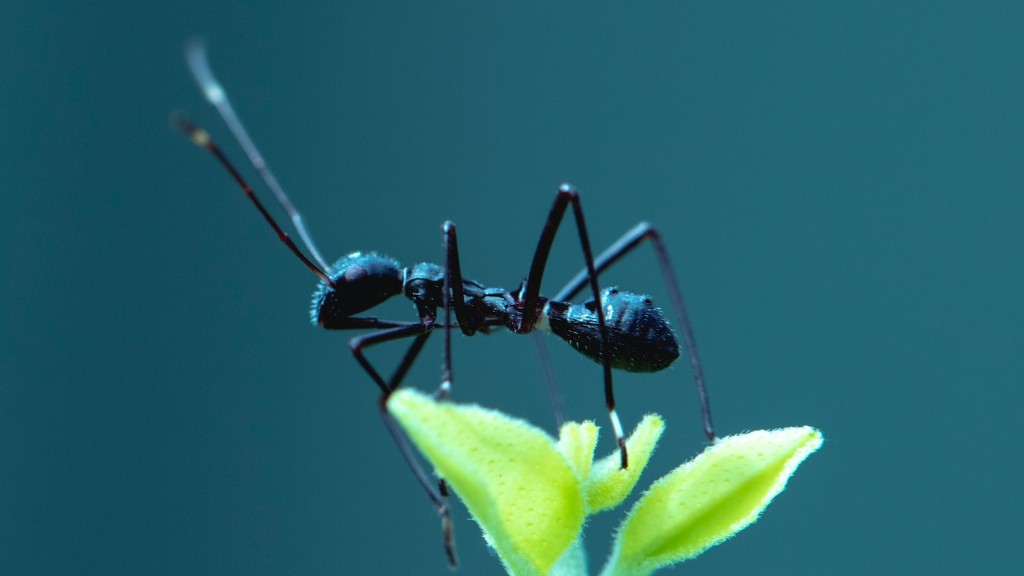Identifying the Ants
One of the first steps when dealing with small ants in the bathroom is to properly identify what type of ant it is. This is important because different types of ants require different methods of elimination. Small ants in the bathroom can be one of two varieties – pavement ants or odorous ants. Pavement ants are smaller, dark brown, and have ridges on their thorax. Odorous ants are larger, red/brown, and smell like coconut when crushed. Knowing which type of ant is present in the bathroom will help greatly in eliminating them.
Location Inspection
The location of a ant’s entry point must be identified in order to begin the extermination process. Small colonies of ants will congregate near their nests and the source of food or water – inspect the seals around windows, plumbing fixtures, and other moisture sources. If you find the entry point, sealing it off will prevent further infestations.
Eliminating Your Problem
Once you have identified the type of ant and the entry points leading into your bathroom, it is time to eliminate them. To get rid of pavement ants, a combination of gel baits, liquid insecticides and boric acid is often sufficient. Odorous ants, on the other hand, can be eliminated with a combination of baits and insecticidal dust. Baits are most effective when combined with a dust-insecticide solution to ensure complete elimination of the colony.
Preventative Measures
Although eliminating the ants from the bathroom is the main priority, taking preventative measures can help to prevent future infestations. Inspect the bathroom for any signs of water damage, such as leaky faucets or damaged shower tiles, and repair any damage as soon as possible to reduce the chance of future infestations. Also, make sure to store food securely in sealed containers and to clean up any crumbs or bits of food that ants might be attracted to.
Sanitation
Good sanitation is one of the most important aspects of controlling small ants in the bathroom. Make sure to clean surfaces, floors, and drains regularly to remove any food sources or dirt that may be attracting ants. Also, check for standing water and make sure to dry the area well. Finally, regularly check the perimeter of your bathroom for any ant trails leading into the house, and seal any gaps or cracks that may be a potential entry point.
Hiring Professional Help
Although it is possible to get rid of small ants in the bathroom by oneself, it is recommended to hire a licensed pest control professional if the problem persists. Pest control professionals are trained in dealing with various ant species and also possess specialized tools and equipment for the job. Furthermore, they are knowledgeable about the safety of using pesticides and can advise on the best methods for eliminating small ants in the bathroom.
Organic Solutions
Organic solutions are an increasingly popular method of controlling small ants in the bathroom. Natural recipes such as vinegar sprays, citrus peels, and ground black pepper can be used to deter ants. These natural remedies are low-cost, environmentally-friendly and also quite effective when used properly.
Natural Predators
Using natural predators to control small ants can be a great way to avoid using potentially harmful chemicals in the bathroom. Ants are typically preyed upon by predators such as spiders or centipedes. Placing these predators in areas prone to ant congregations can often help greatly in eliminating the ant problem in the bathroom.
Other Recommendations
Other preventive measures that can help keep small ants in the bathroom under control include installing door and window screens to prevent ants from entering the home, and using adhesive tape along thresholds, baseboards, and doorways to limit the ant’s movement. Applying a repellent around the perimeter of the house can be effective in keeping ants away. Finally, regularly sweeping and vacuuming the bathroom is also important for removing any ant trails that may be present.


